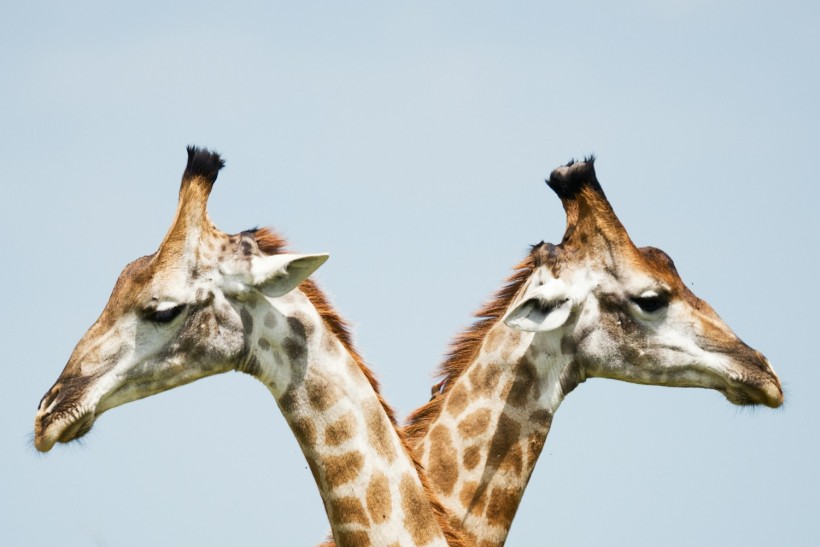Animal mutations may seem to be in the field of science fiction. However, there have been documented cases of mutated animals worldwide in history, with recent ones even caught on camera. These mutations are either genetic or environmental by nature, meaning that deformities observed in some newborn animals were attributed to these factors. Mutations include extra heads and appendages never seen before in history.
Mutated animals are caused by changes in their DNA, and these genetic alterations can be caused by high-levels or radiation or chemicals from the environment, according to experts. Like other animals, human mutations, which have also been documented in the past, are caused by various factors, including hereditary gene mutation, chemical exposure, and electromagnetic radiation such as gamma rays.
What is Animal Mutation?

(Photo : Photo by Vincent van Zalinge on Unsplash)
Mutation pertains to the heritable change, small or large, in the genetic material of a living organism, according to researchers from Cornell University. Genetic mutation not only affects animals, including humans but also plants as observed by scientists over several decades. While mutations are also products of evolution, even exposure to toxic and hazardous chemicals like environmental lead can result in this abnormality.
Some of the most notable events of animal mutations observed in the past include the native wildlife surrounding the Chernobyl Nuclear Power Plant in Ukraine. Being the world's worst nuclear disaster, the Chernobyl accident that occurred almost 40 years ago saw flora and fauna around the power plant suffer the impacts of extreme radiation exposure.
Research shows that Chernobyl animal mutations may cause tumors or result in reproductive problems.
While animal or plant mutations are seemingly natural catastrophes, previous studies show that these genetic changes are imminent because evolution itself warrants the phenomenon to take place. For instance, certain morphological mutations such as the gradual growth or disappearance of limbs allowed some ancient animals to live either on marine or terrestrial ecosystems.
Also Read: Climate Change Drives Mutation in Flour Beetles That Enhances Their Heat Tolerance
Mutated Animals Documented
In the 21st century, animal mutations have persisted even without the presence of highly-toxic radiation or chemicals from Chernobyl plant explosions or nuclear bomb testing.
Below are some of world's most unusual animal mutations reported by local media or posted on the internet:
- Cow with two heads
- Mountain lion with a second jaw
- Shark with two heads
- Goat with eight legs
- Frog with three heads
- Duck with four legs
- Snake with two heads
- Dragon with two heads
The exact reasons behind the mutations in these animals remain unclear. However, scientists have an explanation for why biological mutations occur in some species across the animal kingdom.
In a 2020 study published in the journal Frontiers, researchers found that evolutionary change or mutations can still occur in natural populations. This comes after the authors of the study explored why mutations often occur in domestic animals, especially when it comes to pigmentation patterns.
The research paper also confirms that even animal skins are subject to progressive animal mutations.
Related Article: Labradors With Genetic Mutation Face Higher Risk of Obesity, Study Shows
© 2024 NatureWorldNews.com All rights reserved. Do not reproduce without permission.

![Tsunami Hazard Zones: New US Map Shows Places at Risk of Flooding and Tsunamis Amid Rising Sea Levels [NOAA]](https://1471793142.rsc.cdn77.org/data/thumbs/full/70325/280/157/50/40/tsunami-hazard-zones-new-us-map-shows-places-at-risk-of-flooding-and-tsunamis-amid-rising-sea-levels-noaa.jpg)



